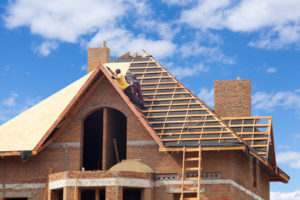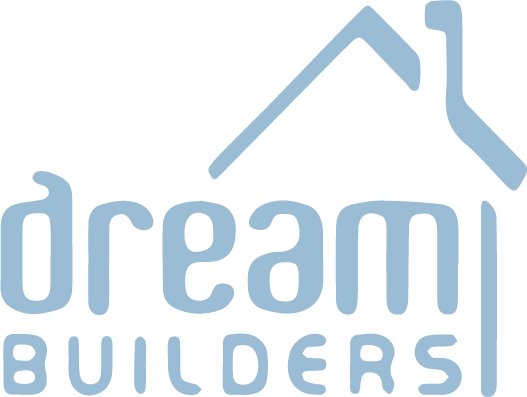 As you probably know, the roof of a building is extremely important, because the roof protects everything, and everyone, inside the place. If you are curious to learn about the various parts, or terms, that are common in the world of roofing, then you are in luck! Below you will find a list of roofing terms that are commonly used and a quick definition of each term.
As you probably know, the roof of a building is extremely important, because the roof protects everything, and everyone, inside the place. If you are curious to learn about the various parts, or terms, that are common in the world of roofing, then you are in luck! Below you will find a list of roofing terms that are commonly used and a quick definition of each term.
Attic: This is the area directly underneath the roof. The attic must be ventilated, in order to provide a healthy environment for the roofing materials.
Ceiling Joist: Horizontal beams that help to form the shape of the roof. The bottom of the rafters is attached to the ceiling joists.
Deck: Roof decking, also referred to as sheathing, is the flat surface where the roofing materials are attached. The deck is usually made with plywood, wood boards, or planks. This area provides a surface for the shingles to be placed upon.
Dormer: A framed section that projects, vertically, from the surface of the roof. Dormers usually have a window installed in them.
Drip Edge: Molding, often made with a metal strip, that channels water away from the roof deck, the eaves, and the sides of the home.
Eaves: Located along the lower edge of the roof. This area usually stretches from the fascia to the home’s outside wall.
Fascia: Covers the end of the rafters and encloses the roof’s overhang. It is perpendicular to the soffit.
Flashing: A material, often metal, that is used to prevent water intrusion into the roof, especially around joints or protrusions, such as vents and skylights.
Rafters: Creates the framework of the roof, and is the base that the roof deck is attached. These structural beams extend from the eaves to the peak of the roof.
Ridge: The very top of the roof; the line where the inclined edges of the roof meet. This is the highest point on a roof.
Ridge Board: A board that is perpendicular to the ridge, and to the rafters. The rafters are attached to the ridge board.
Roof Vents: Protruding from the roof’s surface, roof vents ensure proper ventilation into the attic space.
Shingles: Often created from asphalt, shingles are the outer layer of the roof, and provide protection from rain, snow, sleet, hail, and any other type of weather element. Carefully chosen, they also provide visual character for a home.
Soffit: Located on the underside of the roof’s overhang. The soffit is perpendicular to the fascia.
Underlayment: Sometimes called an underlay membrane, this is a layer of material, often felt, that is placed on top of the roof deck, but below the attached shingles. This layer provides extra moisture protection from the outdoor environment.
Valley: The area where two intersecting roof surfaces meet.
In conclusion, although you might not need to be a roofing extraordinaire, you may have more confidence when talking to professional roofing contractors, if you are familiar with the industry lingo, and with roofing terms.
Read More from
Dream Builders
